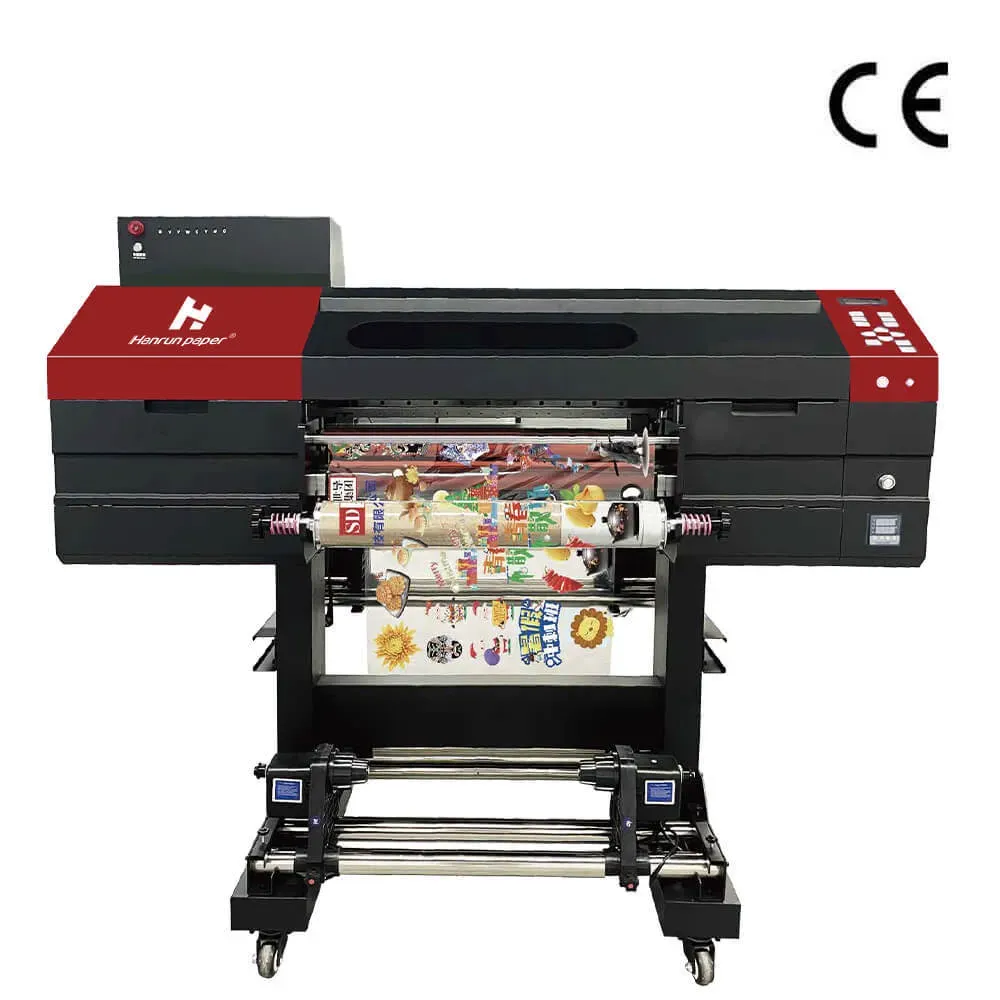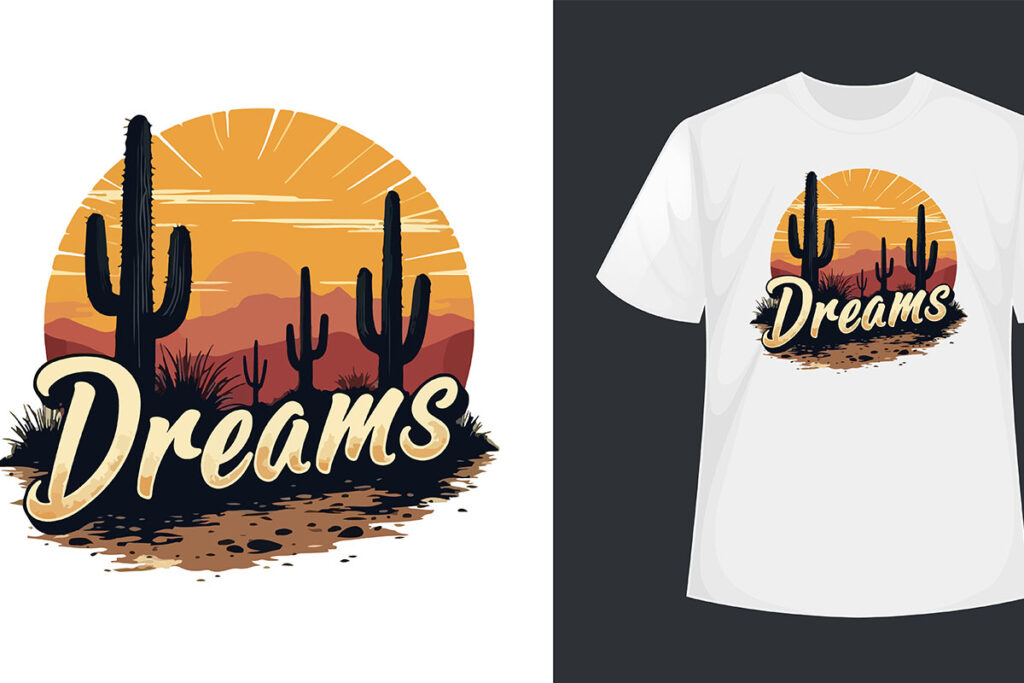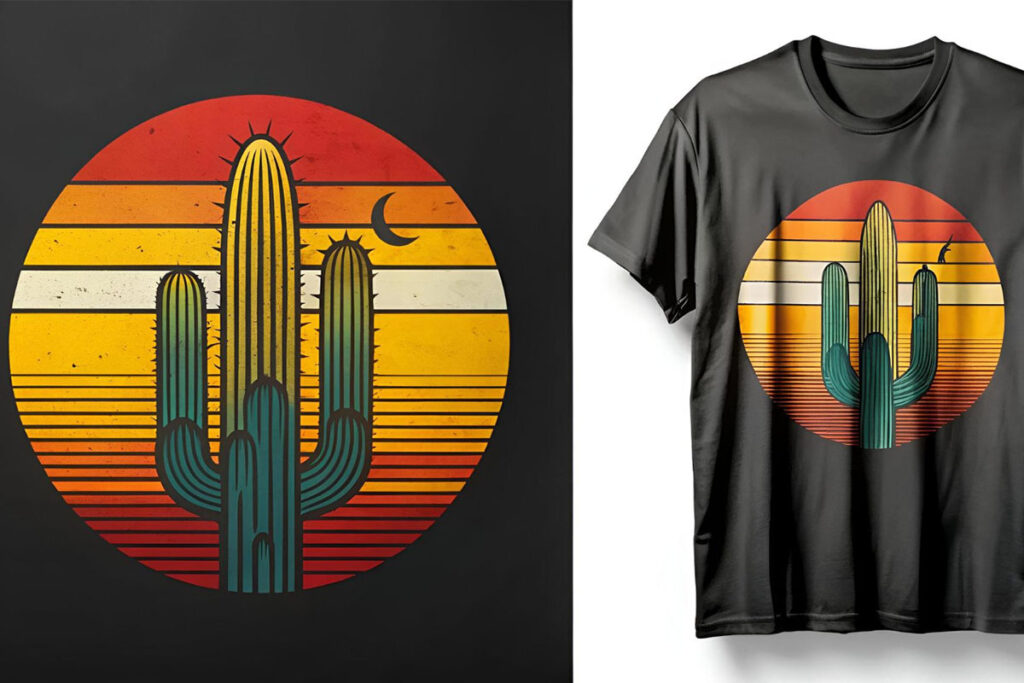UV DTF printing, short for UV Direct-to-Film printing, has quickly become a game-changer in the digital printing industry. This innovative technology seamlessly combines UV printing and Direct-to-Film processes to deliver exceptional print quality on a wide array of materials, including textiles and rigid surfaces. As printers seek to enhance their offerings, mastering UV DTF printing through effective tips and best practices can lead to stunning results that captivate customers. In this guide, we will explore essential insights into how to use UV DTF technology for maximizing output, along with crucial factors that affect UV DTF print quality. By understanding the nuances of this printing method, professionals can elevate their craft and ensure long-lasting vibrancy in every print produced.
Utilizing UV DTF printing technology is revolutionizing how images are transferred onto various items, providing a versatile solution for contemporary print needs. Known as UV Direct-to-Film, this process involves applying UV-curable inks on a transfer film before pressing onto substrates, resulting in vibrant, durable designs. With the right guidance on best practices for UV DTF, businesses can enhance their offerings while attracting a broader clientele. Exploring how to effectively operate this advanced printing system opens avenues for creativity and innovation in the industry. As the demand for high-quality prints continues to grow, understanding alternative methods like UV DTF becomes increasingly vital.
Understanding the Fundamentals of UV DTF Technology
UV Direct-to-Film (DTF) printing is transforming the landscape of modern printing by combining the advantages of UV ink technology with the flexibility of film transfers. This innovative method involves printing UV-cured inks onto a specialized transfer film, which is then applied to various substrates using heat. What sets UV DTF apart is its ability to produce high-quality, durable prints that accurately reflect the intricate details of the original design. From apparel to promotional items, many sectors are now adopting this technology for its impressive color saturation and longevity.
The growing popularity of UV DTF printing can be attributed to its versatility, allowing for printing on a broad range of materials including fabrics, metals, and other rigid surfaces. This technology simplifies the printing process and significantly reduces the time required to achieve finished products, catering to the demands of fast-paced markets. As users explore UV DTF, understanding the technology’s core principles becomes crucial for maximizing print quality and efficiency.
Tips for Achieving Optimal UV DTF Print Quality
To ensure the best outcomes with UV DTF printing, it’s essential to pay attention to several factors that influence print quality. Start by carefully selecting the right transfer films designed specifically for UV inks. These specialized films are engineered to enhance ink adhesion and ensure better durability. It’s imperative that these films are compatible with your printing equipment, as discrepancies can lead to poor adhesion and compromised vibrancy.
Additionally, consider the materials you intend to print on. Certain fabric types, such as smooth polyester blends, not only help achieve higher resolution prints but also facilitate better ink absorption. This combination directly affects color vibrancy and the overall aesthetic of the final product. In experimenting with different materials, you can discover unique textures and visual effects that will elevate your printing capabilities.
Best Practices for Settings in UV DTF Printing
Getting the settings right on your UV DTF printer is one of the most vital aspects of producing high-quality prints. A resolution setting of 1200 DPI or higher is advisable for detailed designs, which ensures the colors remain vibrant and true to the original artwork. Adjusting print settings meticulously based on the design complexity and texture of the chosen substrate can significantly impact the final print outcome.
Moreover, the intensity of UV lamp exposure must be calibrated according to the thickness and type of material being printed. Thicker materials will require longer exposure times to ensure the ink cures properly and adheres well, while thinner materials may need less exposure. Regularly consulting your printer’s manual for guidelines on optimizing these settings can help you maintain consistency in the quality of your prints.
Pre-Treatment and Post-Treatment Techniques
Effective pre-treatment and post-treatment strategies are critical for enhancing print adhesion and longevity in UV DTF printing. Before printing, applying a pre-treatment solution to your fabric can create a favorable surface that enhances ink absorption, leading to brighter and more vibrant prints. This pre-treatment coats the surface, ensuring that the inks grip well during application, which is especially significant for fabrics known to be challenging for ink adhesion.
After printing, post-curing techniques come into play to lock in color integrity and durability. Utilizing heat-setting methods can aid in solidifying the ink’s bond to the fabric, ensuring that the prints are resistant to fading and wear. Implementing these crucial steps not only enhances print quality but also extends the lifespan of the designs against various environmental factors.
The Importance of Color Management in UV DTF Printing
In the realm of UV DTF printing, color management is essential for ensuring consistency and accuracy across different print runs. Proper calibration of color profiles tailored to your printer is vital to avoid discrepancies that could lead to customer dissatisfaction. Regularly monitoring your printer settings and conducting test prints can help you maintain the desired color output, enhancing your reputation for quality work.
Regular machine maintenance also plays a significant role in color management. Clogged print heads can lead to streaking and uneven color application, which not only affect individual prints but can damage your overall brand perception. Staying on top of printer upkeep and cleaning routines will ensure a smooth workflow and optimal results, enabling you to consistently meet client expectations.
Maintaining Your UV DTF Printing Equipment
To produce high-quality UV DTF prints consistently, routine maintenance of your printing equipment is essential. Regular cleaning of print heads and nozzles prevents ink buildup that can affect print quality. Establishing a maintenance schedule that includes checking UV lamp performance is crucial, as misconfigured lamps can lead to improper curing of inks, compromising the durability of prints.
Additionally, monitoring your printer’s mechanical components can help identify potential issues before they escalate into costly repairs. Following the manufacturer’s recommendations for maintenance not only ensures optimal performance but can also extend the overall service life of your equipment. By committing to regular upkeep, you can safeguard your investment and maintain your printing capabilities at peak performance.
Frequently Asked Questions
What are the best practices for UV DTF printing?
To achieve exceptional results in UV DTF printing, prioritize the use of compatible films specifically designed for UV inks, maintain high printer resolution (ideally over 1200 DPI), and ensure proper pre-treatment and post-treatment of surfaces. Regular maintenance of your printing equipment also contributes to print quality.
How do you ensure high print quality in UV DTF printing?
High print quality in UV DTF printing can be ensured by using smooth substrates like cotton or polyester, calibrating color settings for consistency, and maintaining optimal printer and ink settings. Additionally, adapting UV lamp intensity according to substrate thickness plays a crucial role.
What are some tips for using UV DTF printing technology effectively?
To use UV DTF printing technology effectively, experiment with various substrates and ink types to discover unique effects. Pre-treat fabrics for better ink adhesion and brightness, and employ consistent post-curing methods to enhance durability. Regular maintenance of your UV printer is essential as well.
What materials are ideal for UV DTF printing?
The ideal materials for UV DTF printing include specialized transfer films designed for UV inks, smooth textiles like polyester and cotton, as well as rigid surfaces such as wood and metal. Selecting the right materials significantly improves print quality and durability.
How does UV DTF print technology differ from traditional printing methods?
UV DTF printing differs from traditional methods by utilizing UV inks which are cured instantly upon exposure to UV light, allowing for vibrant colors and excellent detail on a variety of substrates. This technology combines the advantages of both UV and DTF printing processes, offering unparalleled flexibility.
What common issues can affect UV DTF print quality, and how can they be resolved?
Common issues that affect UV DTF print quality include clogged print heads, improper material selection, and incorrect printer settings. These can be resolved by performing regular printer maintenance, ensuring the use of compatible films, and calibrating printer settings to match your specific substrates.
| Key Point | Description |
|---|---|
| What is UV DTF Printing? | A process where UV inks are printed on a film and then heat-pressed onto substrates, allowing for vibrant and durable prints. |
| Optimal Material Selection | Choosing compatible films and smooth fabrics enhances print quality and durability. |
| Printer and Ink Settings | Utilizing high resolution (1200 DPI+) and adjusting UV lamp intensity based on material thickness improves print clarity and durability. |
| Pre-Treatment and Post-Treatment | Pre-treating fabrics and using effective curing techniques greatly enhance ink adhesion and resistance to fading. |
| Color Management | Calibration of color profiles is vital for consistent color output; regular maintenance prevents print quality issues. |
| Machine Maintenance | Regular cleaning and maintenance of UV DTF machines are essential for optimal performance and longevity. |
| Experiment and Innovate | Testing various substrates and designs can lead to unique prints that stand out in the market. |
| Stay Updated with Industry Trends | Keeping abreast of industry advancements helps enhance printing capabilities and practices. |
Summary
UV DTF printing revolutionizes the way we achieve high-quality prints, combining durability with vivid colors across a variety of materials. This advanced printing technique not only allows for stunning designs but also ensures that prints are long-lasting through careful material selection and optimal machine settings. By implementing the essential tips outlined, including proper pre-treatment of surfaces, color management, and regular machine maintenance, printers can maximize their UV DTF outputs. As technology continues to evolve, staying informed about industry trends and continuously innovating with new substrates and methods will give businesses a competitive edge, ultimately leading to delightful results for their customers.



